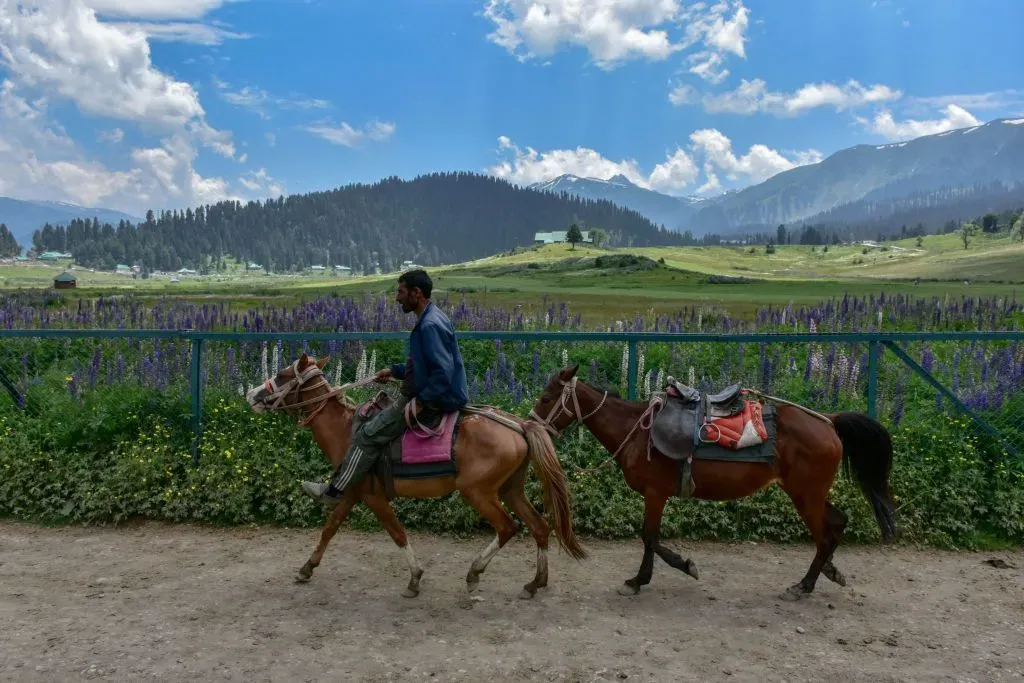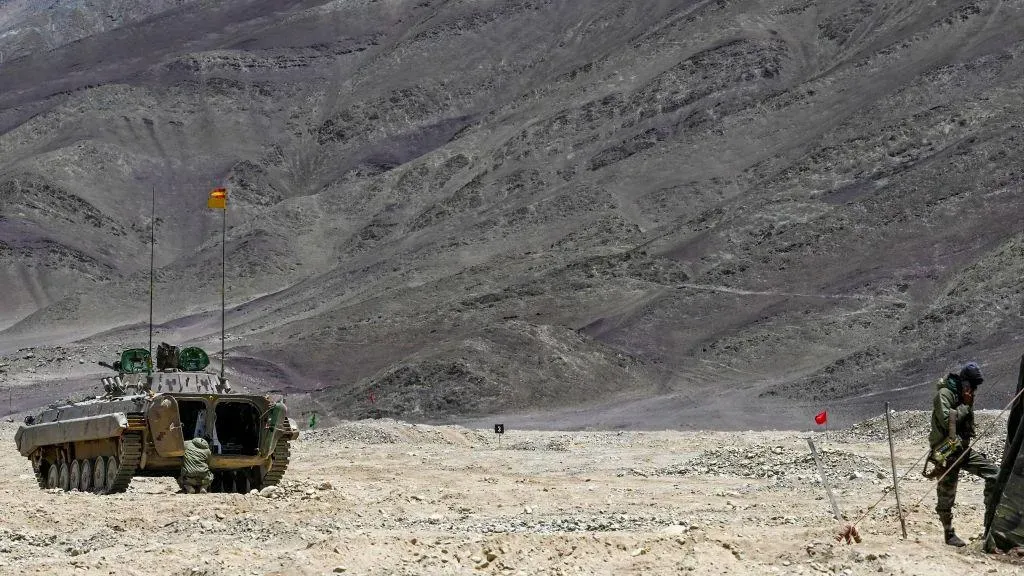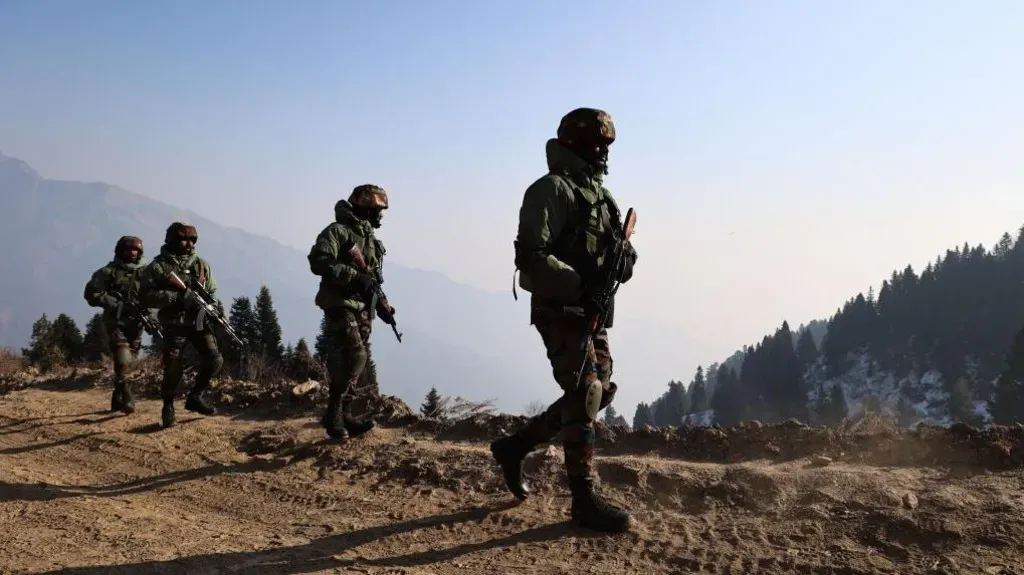Background and Recent Developments
On June 9, Indian-administered Jammu and Kashmir experienced one of its most tragic and deadliest incidents in recent years. The attack took place when militants targeted a bus carrying Hindu pilgrims traveling to a shrine in the region. This violent episode resulted in the death of nine pilgrims and left over 30 individuals injured. The assault occurred in Reasi, one of the ten districts in Jammu, highlighting a disturbing trend of escalating violence in areas previously considered relatively peaceful.
The recent surge in militant activity represents a worrying shift. Historically, the Kashmir Valley has been the epicenter of militant operations, but recent months have seen an unsettling increase in attacks within the Jammu region. This shift in the focus of violence has prompted serious concerns among security experts and residents alike.
The Historical Context of Violence in Kashmir
The Himalayan region of Kashmir has long been a contentious area between India and Pakistan. Since the partition of British India in 1947, the two nuclear-armed nations have engaged in three major conflicts and numerous skirmishes over the disputed territory. The region’s complex history has been marked by repeated confrontations, with both countries laying claim to the entire territory but controlling only parts of it.

Since 1989, an armed insurgency has been waged against Indian rule in the region, leading to significant loss of life and ongoing instability. Despite the Indian government’s assertion that violence has decreased since 2019—when it revoked the region’s special autonomy under Article 370 of the Indian Constitution—the reality on the ground suggests a resurgence of militant activities, particularly in the Jammu area.
Recent Trends and Data on Attacks
Since 2021, official data reveals that Jammu has experienced 33 militant-related attacks, a stark contrast to the region’s previous relative calm. In 2024 alone, eight attacks have occurred, resulting in the deaths of 11 soldiers and injuries to 18 others. Additionally, civilian casualties in Jammu during the first half of this year have already matched the total for the entirety of 2023.

These attacks have been concentrated in several districts, including Rajouri, Poonch, Doda, Kathua, Udhampur, and Reasi. The Jammu division’s proximity to the Line of Control (LoC)—the de facto border with Pakistan—has been cited as a factor in these increasing incidents. The Indian government has accused Pakistan of supporting militant activities through the provision of weapons, drugs, and money, often delivered via drones. While Pakistan has not officially responded to these allegations, the situation has heightened tensions between the two countries.
Factors Contributing to the Rise in Violence
Several factors may be contributing to the recent uptick in militant activity in Jammu. One possible explanation is the high concentration of security forces and intelligence operations in the Kashmir Valley. This intense focus on the valley may have forced militants to relocate to Jammu, where security measures are comparatively less stringent.
Another theory suggests that the increased violence is a strategic move by militants to divert the attention of the Indian military from other critical areas. The shift of forces from Jammu to the Ladakh region—following India’s ongoing standoff with China—may have left Jammu vulnerable to militant activities. China’s involvement in the region adds another layer of complexity to the security dynamics, as its disputed border with India in the Himalayan region (the Line of Actual Control or LAC) stretches close to Ladakh.

The thinning of troops in Jammu due to the redeployment to Ladakh has been noted as a significant factor in the increased militant activity. Lt Gen Deependra Singh Hooda, a former military commander, emphasizes that the reduction in troop numbers has allowed militants to exploit the situation.
Response and Countermeasures
In response to the rising violence, the Indian Army and local security forces have intensified their operations. Lt Col Suneel Bartwal, an army spokesperson in Jammu, has indicated that the military is conducting a series of joint and coordinated operations with local police to target “foreign terrorists.” Efforts are being made to enhance cooperation between various security agencies to address the emerging threats effectively.
Retired Colonel Bhuwanesh Thapa, whose son was killed during a recent operation in Doda, has highlighted the logistical challenges faced by security forces. He recounts how his son and his team were preparing for a demanding trek of six to seven hours to reach the attack site, underscoring the difficulties of operating in the rugged terrain of Jammu.
Experts like Shesh Paul Vaid and Zafar Choudhary offer additional insights into the situation. Vaid views the spike in violence as a deliberate attempt to divert attention from Kashmir, while Choudhary points out that the lack of specialized counter-insurgency forces in Jammu has left the region at a disadvantage compared to the Kashmir Valley.
Political and Strategic Implications
The recent violence in Jammu has far-reaching political and strategic implications. The escalation of militant activities not only impacts regional security but also affects India’s broader geopolitical posture. The ongoing tensions with Pakistan and China add layers of complexity to the security situation, with potential implications for India’s military strategy and foreign policy.
The rise in attacks has also intensified internal political debates within India. Critics argue that the government’s focus on Kashmir has overshadowed the emerging threats in Jammu, highlighting the need for a more balanced and comprehensive approach to addressing security challenges across the region.
Conclusion
The surge in militant attacks in Jammu represents a significant development in the ongoing conflict in Kashmir. As the focus of violence shifts from the Kashmir Valley to Jammu, the region faces a new set of challenges in maintaining security and stability. The Indian government, security forces, and local communities must navigate these complexities while addressing the broader geopolitical dynamics at play.
The situation remains fluid, and the ability of India to effectively respond to these emerging threats will be crucial in shaping the future of the region. As Jammu grapples with the rise in militant activities, the need for strategic adjustments and comprehensive countermeasures becomes increasingly evident.


